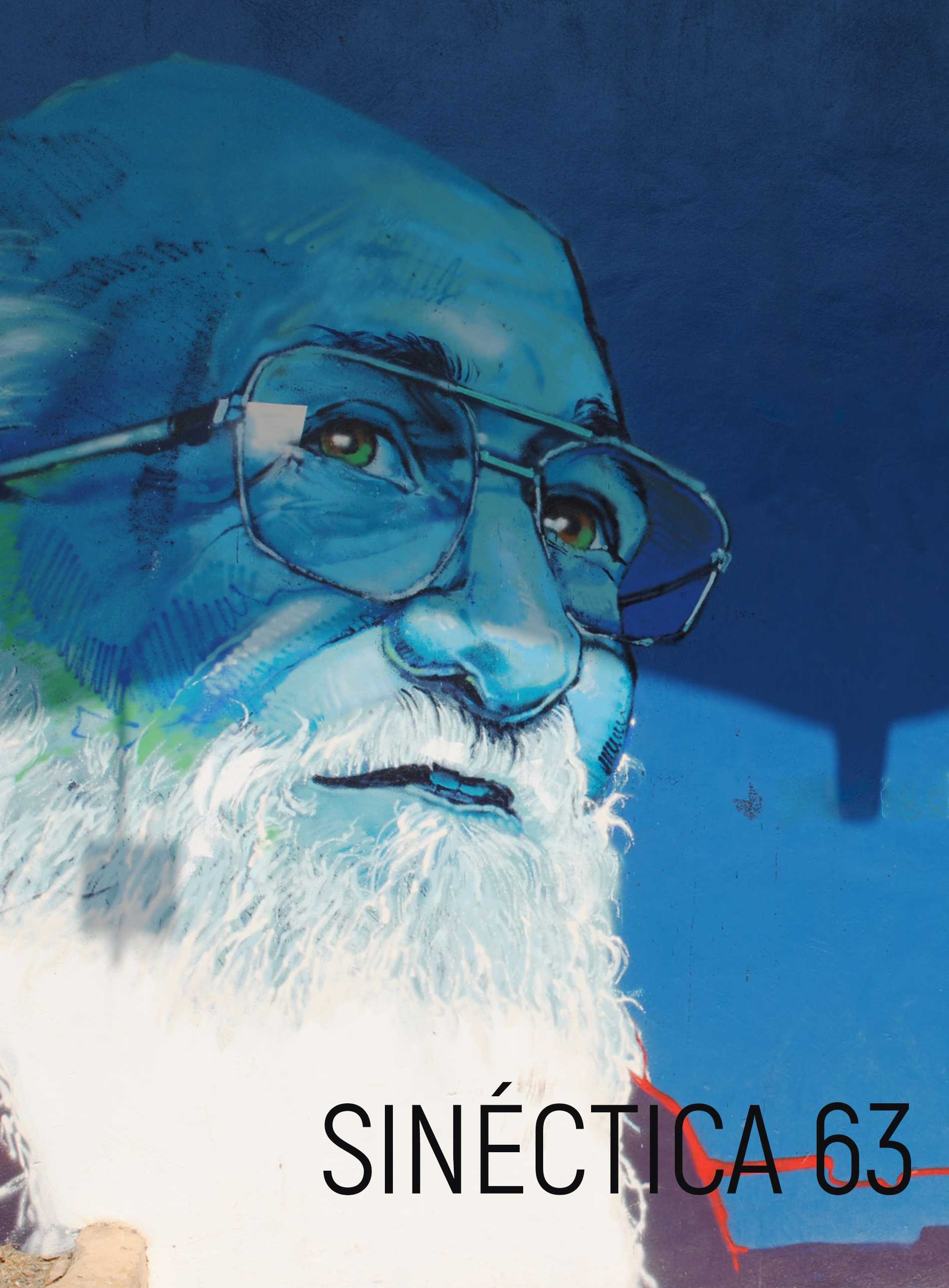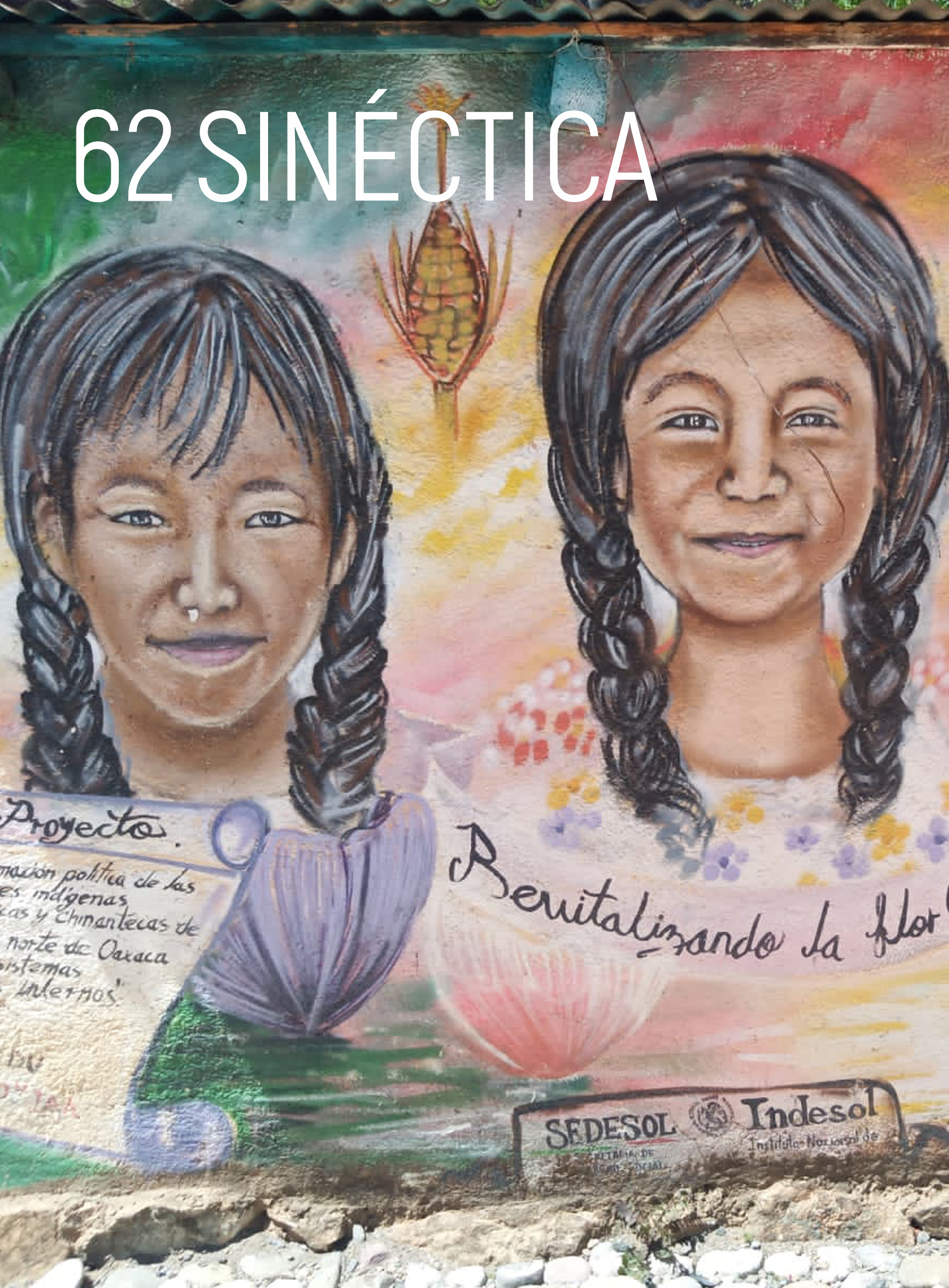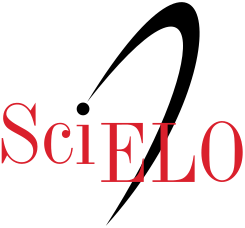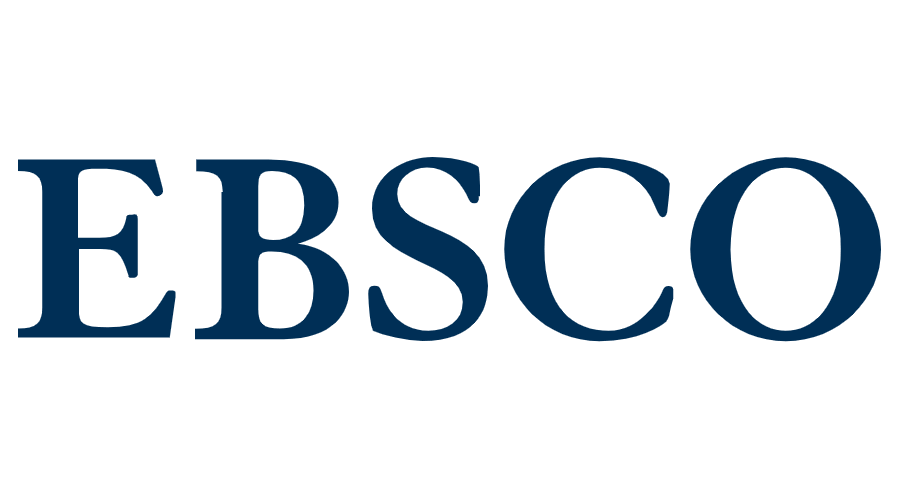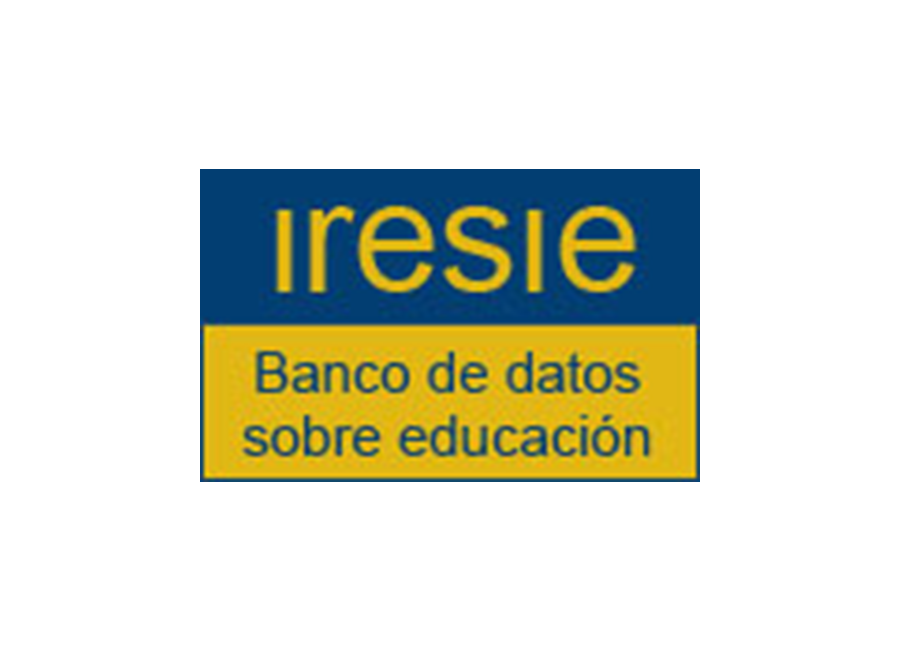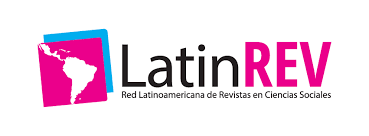Curricular changes and English language teaching: Validation of a teacher perception questionnaire
DOI:
https://doi.org/10.31391/S2007-7033(2020)0054-012Keywords:
English as a foreign language, teacher perception, curricular changes, Likert-scale questionnaireAbstract
Considering that educational reforms sanction curricular changes that favor the learning of English as a Foreign/Second Language in public education, this study presents the creation and validation of a Likert scale questionnaire that explores teacher perceptions about curricular changes among instructors who teach this language without disciplinary language teaching training. Building upon second language theoretical and empirical research, four dimensions of teacher perception were considered: Opinions, beliefs, pedagogical practice and emotions. The questionnaire included 28 items that were subject to validity and reliability analyses. The questionnaire was administered to four second language educational researchers and 82 secondary school teachers in the Southeast of Mexico. The qualitative and quantitative analysis results indicate that the questionnaire satisfactorily complies with content validity, ecological validity and reliability.
Downloads
References
Altaieb, S. (2013). Teachers’ perception of the English language curriculum in libyan public schools: An investigation and assessment of implementation process of English curriculum in libyan public high schools. Tesis doctoral. University of Denver. Recuperado de https://digitalcommons.du.edu/etd/26/
Altinyelken, H. (2010). Curriculum change in Uganda: Teacher perspectives on the new thematic curriculum. International Journal of Educational Development, vol. 30, núm. 2, pp. 151-161. doi: 10.1016/j.ijedudev.2009.03.004
Aquino, S., Izquierdo J. y Echalaz, B. (2013). Evaluación de la práctica educativa: una revisión de sus bases conceptuales. Actualidades Investigativas en Educación, vol. 13, núm. 1, pp. 1-21. Recuperado de https://revistas.ucr.ac.cr/index.php/aie/article/view/11706
Banks, L. (2017). English teachers in Mexico: Initial preparation and the realities of practice. Tesis doctoral. California State University. Recuperado de https://csusmdspace.calstate.edu/bitstream/handle/10211.3/193053/BanksLeticia_Spring2017.pdf?sequence=1
Borg, S. (2006). Teacher cognition and language education. Research and practice. Nueva York, NY: Continuum.
Boyle, J. & Fisher, S. (2008). Educational testing: A competence-based approach. Londres: Blackwell.
Canagarajah, S. (2017). Translingual practices and neoliberal policies. Attitudes and strategies of African skilled migrants in Anglophone workplaces. Pennsylvania: Springer.
Coelho, F. & Henze, R. (2014). English for what? Rural Nicaraguan teachers’ local responses to national educational policy. Language Policy, vol. 13, 2, pp. 145-163. doi: 10.1007/s10993-013-9309-4
Cohen, L., Manion, L. & Morrison, K. (2007). Research methods in education. Nueva York, NY: Routledge.
Consejo de Europa (2001). The common European framework of reference for languages: Learning, teaching, assessment. Recuperado de https://rm.coe.int/16802fc1bf
Cortina, J. (1993). What is coefficient alpha? An examination of theory and applications. Journal of Applied Psychology, vol. 78, núm. 1, pp. 98-104. Recuperado de http://psychweb.psy.umt.edu/denis/datadecision/front/cortina_alpha.pdf
Creswell, J. (2015). A concise introduction to mixed methods research. Thousand Oaks, CA: Sage.
Crystal, D. (2012). English as a global language. Cambridge: Cambridge University Press.
Cuéllar, L. & Oxford, R. (2018). Language teaching emotions: Emerging from the shadows. En J. Martínez (ed.). Emotions in second language teaching. Theory, research and teacher education (pp. 53-72). Cham, Suiza: Springer.
Dörnyei, Z. (2003). Questionnaires in second language research. Mahwah, NJ: Lawrence Erlbaum Associates.
Fabila, A., Minami, H. e Izquierdo, J. (2012). La escala de Likert en la evaluación docente. Acercamiento a sus características y principios metodológicos. Perspectivas Docentes, vol. 50, pp. 31-40. doi: 10.19136/pd.a0n50.589
Field, A. (2013). Discovering statistics using SPSS. Thousand Oaks, CA: Sage.
Guy, R. & Norvell, M. (1977). The neutral point on a Likert scale. Journal of Psychology: Interdisciplinary and Applied, vol. 95, núm. 2, pp. 199-204. doi: 10.1080/00223980.1977.9915880
Hatch, E. & Lazaraton, A. (1991). Design and statistics for applied linguistics: The research manual. Boston, Massachusetts: Heinle y Heinle.
Hernández, M. (2019). Mexico’s 2017 educational model of secondary education: A review from the lens of the teaching of English in tele-secondary schools. Emerging Trends in Education, vol. 2, núm. 3, pp. 97-101.
Hodge, D. & Gillespie, D. (2007). Permanency for children in foster care: A competing risks analysis. Journal of Social Service Research, vol. 33, núm. 4, pp. 1-12. doi: 10.1300/J079v33n04
Izquierdo, J., Aquino, S., García, V., Garza, G., Minami, H. y Adame, A. (2014). Prácticas y competencias docentes de los profesores de inglés: diagnóstico en secundarias públicas de Tabasco. Sinéctica, Revista Electrónica de Educación, núm. 42, pp. 1-24. Recuperado de http://www.scielo.org.mx/scielo.php?pid=S1665-109X2014000100010&script=sci_arttext
Izquierdo, J., García, V., Garza, G. & Aquino, S. (2016). First and target language use in public language education for young learners: Longitudinal evidence from Mexican secondary-school classrooms. System, núm. 61, pp. 20-30. doi: 10.1016/j.system.2016.07.006
Jenkins, J. (2009). English as a lingua franca: Interpretations and attitudes. World Englishes, vol. 28, núm. 2, pp. 200-207. doi: 10.1111/j.1467-971X.2009.01582.x
Kihlstedt, M. (2019). Foreign language teaching and learning in primary schools in Europe: Beliefs and realities. Emerging Trends in Education, vol. 2, núm. 3, pp. 71-96.
Lightbown, P. & Spada, N. (2013). How languages are learned (4a. ed.). Oxford: Oxford University Press.
Luo, W. (2017). Teacher perceptions of teaching and learning English as a lingua franca in the expanding circle: A study of Taiwan. English Today, vol. 33, núm. 1, pp. 2-11. doi: 10.1017/S0266078416000146
Meristo, M. & Eisenschmidt, E. (2014). Novice teachers’ perceptions of school climate and self-efficacy. International Journal of Educational Research, núm. 67, pp. 1-10. doi: 10.1016/j.ijer.2014.04.003
Niu, R. & Andrews, S. (2012). Teachers’ beliefs and practices about vocabulary pedagogy: A small cultural perspective. TESOL Journal, núm. 6, pp. 134-154.
Nunan, D. (2003). The impact of English as a global language on educational policies and practices in the Asia-Pacific region. Tesol Quarterly, vol. 37, núm. 4, pp. 589-613. doi: 10.2307/3588214
Organización de las Naciones Unidas para la Educación, la Ciencia y la Cultura (Unesco) (2016). Educación 2030: Declaración de Incheon y marco de acción para la realización del Objetivo Sostenible 4. Recuperado de https://unesdoc.unesco.org/ark:/48223/pf0000245656_spa
Organización para la Cooperación y el Desarrollo Económicos (OCDE) (2019). Strong foundations for quality and equity in Mexican schools, implementing education policies. París. Recuperado de https://spec.sep.gob.mx/web/wp-content/uploads/2018/11/OECD-Mexico-Schools-Report-FINAL.pdf
Padilla, L. y Espinoza, L. (2015). La práctica docente del profesor de inglés en secundaria. Un estudio de casos en escuelas públicas. Sinéctica, Revista Electrónica de Educación, núm. 44, pp. 1-18. Recuperado de https://sinectica.iteso.mx/index.php/SINECTICA/article/view/164/157
Pajares, F. (1992). Teachers’ beliefs and educational research: Cleaning up a messy construct. Review of Educational Research, vol. 62, núm. 3, pp. 307-332. doi: 10.3102/00346543062003307
Pennycook, A. (2017). The cultural politics of English as an international language. Nueva York, NY: Routledge.
Phillipson, R. (2017). Myths and realities of ‘global’ English. Language Policy, vol. 16, núm. 3, pp. 313-331. doi: 10.1007/s10993-016-9409-z
Roldán, A. & Peláez, O. (2017). English language policy in a Colombian rural area: A case study in Antioquia. Ikala, Revista de Lenguaje y Cultura, núm. 22, pp. 121-139.
Saunders, R. (2013). The role of teacher emotions in change: Experiences, patterns and implications for professional development. Journal of Educational Change, vol. 14, núm. 3, pp. 303-333. doi: 10.1007/s10833-012-9195-0
Secretaría de Educación Pública (SEP) (2019). Sistema interactivo de consulta de estadística educativa. Base de dato en internet. Recuperado de http://www.planeacion.sep.gob.mx/principalescifras/
SEP (2017). Aprendizajes clave para la educación integral. Recuperado de http://www.aprendizajesclave.sep.gob.mx/descargables/aprendizajes_clave_para_la_educacion_integral.pdf
SEP (2011). Modelo educativo para el fortalecimiento de telesecundaria Documento base. Recuperado de https://telesecundaria.sep.gob.mx/Content/Repositorio/normatividad/Modelo_Educativo_FTS.pdf
Slavin, R. (2006). Educational psychology. Theory and practice. Boston: Pearson.
Taylor, F. & Marsden, E. (2014). Perceptions, attitudes, and choosing to study foreign languages in England: An experimental intervention. Modern Language Journal, vol. 98, núm. 4, pp. 902-920. doi: 10.1111/modl.12146
Varghese, M. & Stritikus, T. (2005). “Nadie me dijo [Nobody told me]”. Journal of Teacher Education, vol. 56, núm. 1, pp. 73-87. doi: 10.1177/0022487104272709
Williams, F. & Monge, P. (2001). Reasoning with statistics: How to read quantitative research. Belmont, CA: Thomson Wadsworth.
Zein, M. S. (2017). Elementary English education in Indonesia: Policy developments, current practices, and future prospects. English Today, vol. 33, núm. 1, pp. 53-59. doi:10.1017/S0266078416000407
Downloads
Published
Issue
Section
License
Copyright (c) 2020 Sinéctica

This work is licensed under a Creative Commons Attribution-NonCommercial 4.0 International License.
This work is licensed under a Creative Commons Attribution-NonCommercial 4.0 International license.
Authors who publish in Sinéctica agree to the following terms:
The authors retain copyright and grant the journal the right of first publication of the authorized work simultaneously under a Creative Commons Attribution License, which allows others to share the work as long as both the authorship of the work and the initial publication in this journal are acknowledged.
Authors may enter into additional separate contractual agreements for non-exclusive distribution of the published version of the journal (e.g., publishing in an institutional repository or a book), with acknowledgement of initial publication in this journal.
Authors are allowed to publish their work in institutional repositories or on their own website before and during the submission process, as it may generate productive exchanges, as well as earlier and greater citation of the published work.
Explanatory note: As of 2017 Sinéctica is governed by the Creative Commons Attribution Non-Commercial 3.0 International License, a version that standardizes licenses internationally.
Articles published between 1992 and 2016 are covered by a Creative Commons Attribution-NonCommercial-NoDerivatives 4.0 International license, which allows a work to be shared and distributed non-commercially and with acknowledgement of the author, but prohibits modification of the original creation.




